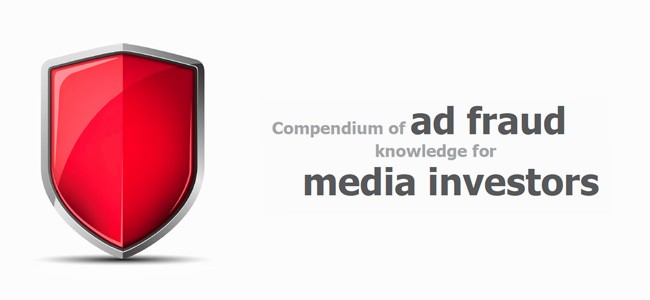Executive summary
- Ad fraud is likely to represent in excess of $50 billion by 2025, even on a conservative basis. Without sufficient
counter measures, it’s easy to produce scenarios where ad fraud revenues equate to $150 billion per annum in the same
timeframe. - Virtually any programmatic buy can be exposed to ad fraud. Claims to the contrary should be treated with caution.
- Viral spam-sites, providing little to no opportunity for advertising effectiveness, are endemic across the internet. But ad
fraud is also found among premium publishers, for example in the form of sourced traffic. Low quality sourced traffic
has become common place among publishers, often as a means to deliver campaign targets to advertisers. - Ad fraud is being perpetrated by multiple protagonists. Despite this, the unintended main benefactor of ad fraud is
the marketing industry. - Advertisers lose out entirely from ad fraud, and unless effective action is taken, the issues related to this threat will
continue to grow in magnitude and complexity. - A silver bullet solution to the problem does not exist on the market, in fact, a single-digit percentile of exposure to ad
fraud will very likely prevail against any counter measure. - Until the industry can prove that it has the capability to effectively deal with ad fraud, advertisers should use caution
in relation to increasing their digital media investment, to limit their exposure to fraud. - Much can be achieved by advertisers to improve the situation, including setting new standards, making contractual
changes, demanding increased transparency and putting in place internal resource dedicated to countering ad fraud. - Behavior change is required across the industry, which can only be achieved with appropriate understanding,
motivations and a common shared approach.



